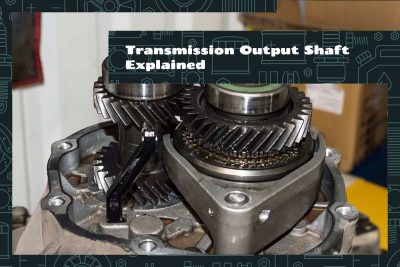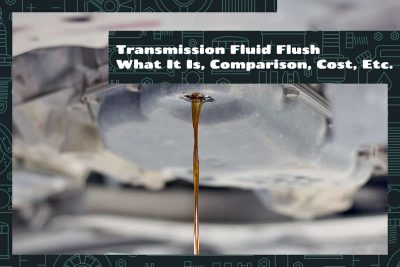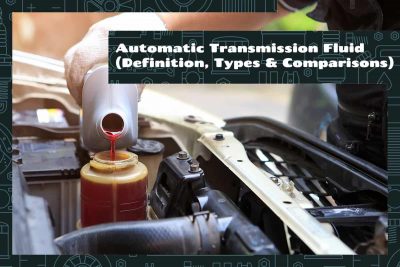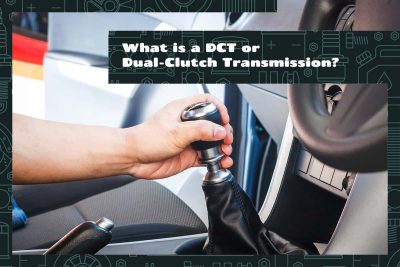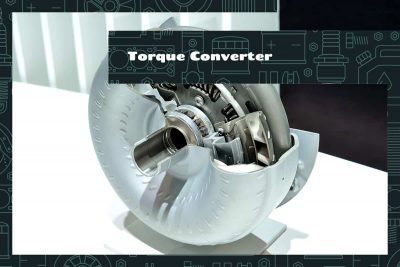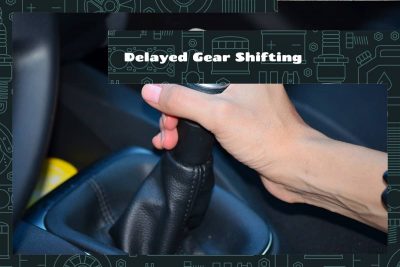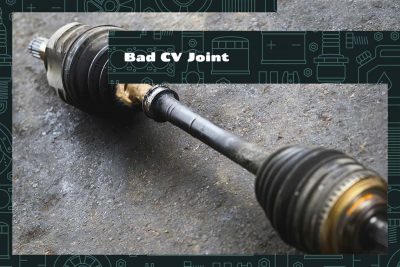The output shaft is a key part of the transmission system that transfers the rotational force from the engine to the wheels. Its function is pivotal, as it effectively converts and channels the power generated by the engine into motion that propels the vehicle.
A transmission fluid flush is a comprehensive process that cleanses the transmission system by replacing old fluid with new. It’s more thorough than a transmission fluid change, which usually leaves some old fluid in the system. The cost varies, typically ranging from $100 to $300, depending on several factors.
Automatic transmission fluid is a special lubricant used in vehicles with self-shifting or automatic transmissions. It comes in different types such as:
A gear shift is a component in vehicles that allows the driver to control the transmission system. It alters the vehicle’s gear ratio, changing its speed and torque. In simpler terms, the gear shift helps your car go faster, slow down, and climb hills without straining the engine.
In our cars, there’s a special fluid called ‘transmission fluid’ that helps keep everything running smoothly, sort of like the oil in a bicycle chain. Without it, gears can get sticky, and your car won’t shift properly, which can lead to serious damage. So, checking and adding this fluid is really important.
A Dual-Clutch Transmission, or DCT, is a type of vehicle transmission system. It uses two separate clutches for odd and even gear sets. This allows for quicker gear shifts, offering a seamless and efficient driving experience.
A torque converter is a type of fluid coupling in automatic transmissions that allows the engine to spin somewhat independently of the transmission. It is located between the engine’s flex plate and the transmission. Its main components include the impeller, turbine, stator, and the lock-up clutch.
Manual transmission, also known as a stick shift, is the type of vehicle operation system that gives you total control over shifting gears. This kind of gear control has been around for a long time, and it’s the traditional way cars were built and driven.
Ever been in a car when the driver changes gears? It’s a pretty cool process, right? This shifting of gears, which helps the car move smoothly, is a crucial part of driving. But what happens when this shifting gets delayed? Serious problems can arise regarding your car’s health and your safety.
CV joints, or constant velocity joints, are key parts of your car’s drive shaft. They connect the drive shaft to the wheels, allowing your car to move. But sooner or later, CV joints will show signs of wear. When they do, it can cause problems with your vehicle’s movement and safety.
A CVT is a type of automatic transmission that uses two pulleys and a belt to change the engine’s gear ratios. Unlike traditional transmissions, it has no fixed number of gears. Instead, it can continuously change its gear ratio for optimal performance and fuel efficiency.
The ideal time to change transmission fluid is typically every 30,000 to 60,000 miles or every 2 to 4 years. But always check your car’s manual for the manufacturer’s recommendation.
